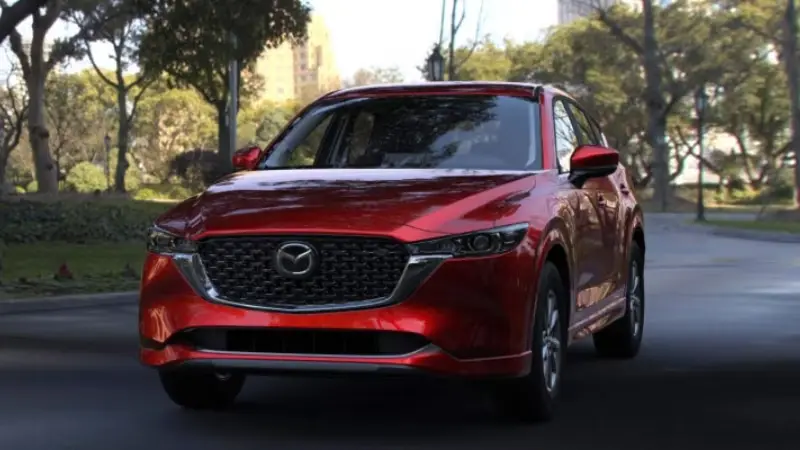If you’ve ever compared cars and wondered about engines, you might ask yourself about the major difference between an engine 3.5 and 2.4 turbo engine. At first glance, it looks like the 3.5 engine is simply bigger, but there’s more going on than just numbers. These engines perform differently, feel different when you drive them, and have unique benefits depending on how you use your car.
Comparison Table
| Feature | 3.5 Engine (Naturally Aspirated) | 2.4 Turbo Engine |
|---|---|---|
| Engine Size | 3.5 Liters | 2.4 Liters |
| Forced Induction | No | Yes (Turbocharged) |
| Power Feel | Smooth and Instant | Quick Boost After Turbo Lag |
| Fuel Efficiency | Moderate to Low | Generally Higher |
| Maintenance Complexity | Simpler | More Complex (Turbo Parts) |
| Durability | Often More Long-Term Reliable | Depends on Maintenance |
| Common Usage | SUVs, Sedans, Pickups | Crossovers, Sedans |
| Performance Type | Strong Linear Pull | Boosted Acceleration |
| Best For | Towing, Steady Power | Daily Driving, Fuel Savings |
| Real-World MPG | Lower in City Driving | Higher Overall |
Understanding the Basics of Each Engine
A 3.5 engine means it has 3.5 liters of displacement. This is usually a naturally aspirated engine, which means it doesn’t use any extra help like a turbo to boost power. It pulls in air on its own and gives power in a very smooth and steady way. It’s strong, reliable, and perfect for larger vehicles like midsize SUVs and trucks.
On the other hand, a 2.4 turbo engine is smaller, but it has a turbocharger. A turbo forces more air into the engine, helping it make more power even though it’s smaller in size. So while the 2.4 might seem weaker at first, the turbo changes everything. It makes it fast, powerful, and often better with fuel.
Power Delivery and Driving Feel
The major difference between an engine 3.5 and 2.4 turbo engine is how they deliver power. The 3.5 engine gives power as soon as you press the gas. There’s no delay or waiting. It feels smooth and strong right away. That’s why many drivers love it for big cars or highway driving.
A 2.4 turbo engine, though, works a bit differently. At first, when you press the gas, it might feel a little soft. But then the turbo kicks in, and you suddenly feel a boost. This is called turbo lag, and while it doesn’t last long, it’s something you notice. Once it kicks in, the car can feel really quick, even faster than some bigger engines.
Fuel Economy and Efficiency
Another big part of the major difference between an engine 3.5 and 2.4 turbo engine is how they use fuel. Bigger engines like the 3.5 usually use more fuel, especially when driving in the city or in traffic. They don’t have help from a turbo, so they need more fuel to make power.
But a 2.4 turbo engine is built to be more efficient. When you’re just cruising or driving gently, it doesn’t use much fuel. And when you want power, the turbo helps deliver it without needing a big engine. This makes the 2.4 turbo a great choice for people who want a mix of performance and fuel savings.
Maintenance and Long-Term Ownership
There’s also a difference in how easy these engines are to own and maintain. A 3.5 naturally aspirated engine has fewer parts and is often simpler to work on. That means it can be more reliable over time and may cost less to fix. These engines have been around for a long time and are known for lasting many miles.
The 2.4 turbo engine, however, has more moving parts, including the turbocharger. This part can wear out over time and may need special care. You also have to use good quality oil and stay on top of maintenance. So while it gives better fuel economy, it might need a little more attention in the long run.
Where You’ll Find These Engines
You’ll find 3.5 engines in cars like the Toyota Highlander V6, Honda Pilot, or older Nissan Maxima. These cars are known for being smooth and strong, perfect for families or long road trips.
The 2.4 turbo engine is showing up in newer cars like the Honda CR-V, Acura RDX, and even in the Hyundai Sonata N-Line. These cars are smaller and more focused on combining power with fuel efficiency.
Which One Is Better for You?
So, what’s the better choice? Well, it depends on what you care about more. If you want a simple, powerful engine that’s easy to maintain and gives you steady power without surprises, the 3.5 is a great pick. But if you’re looking for better mileage, faster response at lower RPMs, and a newer tech feel, the 2.4 turbo engine might be what you need.
Final Thoughts: Choosing Between 3.5 and 2.4 Turbo
To wrap it up, the major difference between an engine 3.5 and 2.4 turbo engine is about size versus smart engineering. One gives you classic power with no tricks, while the other uses technology to do more with less. Each one has its place depending on your driving style, how long you keep your cars, and what matters most—raw strength or efficient speed.
I am Muhammad Waqas and I am dedicated to promoting sustainable vehicles. Observing EV trends, studying the intricacies of the EV industry, and promoting new EV launches fall under my expertise. I have been working in this field for 5 years and making efforts for a sustainable and healthy future.













